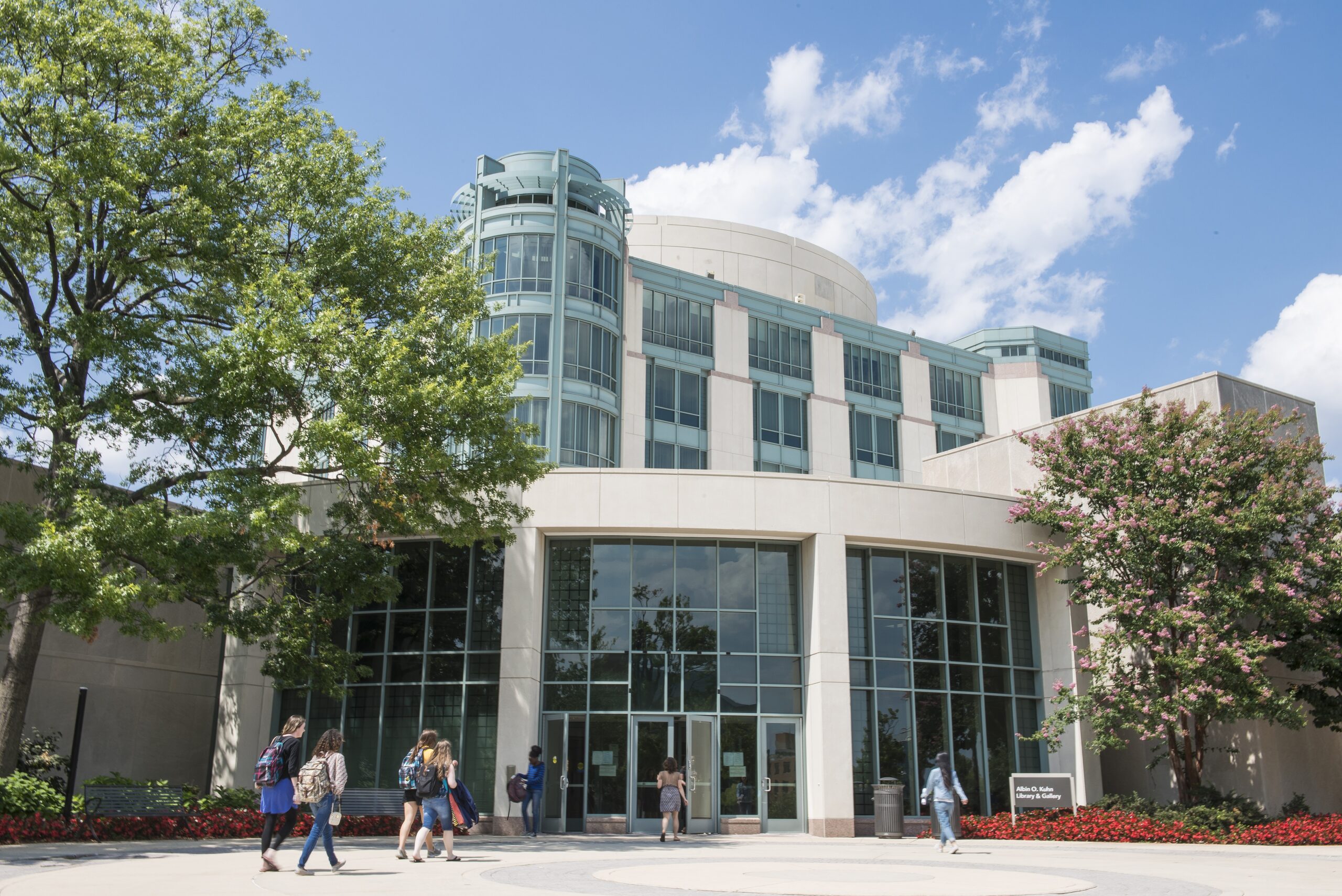In a recent article in Campus Technology, Jack Suess, vice president of information technology and chief information officer, shares his perspective on the biggest technology trends in higher education coming in 2016.
The discussion kicks off with a conversation on makerspaces, which allow students, faculty, and staff from disciplines across colleges and majors to come together to learn and create. “There is a great day of variation in makerspace needs,” says Suess. “What mechanical engineering needs for instruction is different from art and information systems.”
Suess highlights UMBC’s recent research infrastructure additions, including the 3D scanning room and 3D visualization facility. He anticipates that in 2016 universities will branch out from mainstream technologies to more effectively use new tools designed to meet specific research, teaching, and creative production needs.
Suess shares his personal 2016 goal to focus on applying machine learning and data analytics to existing university systems and records to better predict student success in various programs, and more effectively support students early on if they are struggling. “We are looking to integrate this information into our system for Interactive Planning & Advising Student Services (IPASS). We want to use this predictive information to allow students and advisers to make better decisions,” explains Suess.
Additionally, Suess reflects on draft Access for All standards currently under discussion, with the potential to revolutionize web and broader tech accessibility, particularly for students with disabilities. Suess emphasizes the need to think about accessible technology holistically and not implement tools one at a time.
Read the full article, “9 Ed Tech Trends to Watch in 2016” on Campus Technology.
Image: UMBC’s Albin O. Kuhn Library and Gallery. Photo by Marlayna Demond ’11 for UMBC.

